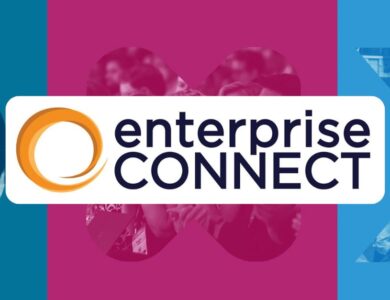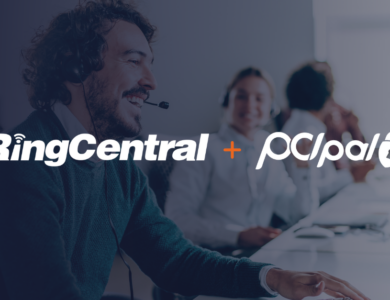What are ACH Payments?
ACH (Automated Clearing House) is a widely used payment system in the US. Established in the 1970s, the ACH network processes billions of transactions every month, equating to trillions of dollars being moved annually, but it’s more than just another payment option. It is an electronic funds transfer (EFT) system, also known as “direct debit,” that transfers money between bank accounts in the United States.
How ACH Payments Work – Direct Debit
ACH is used for a wide variety of payment types, including direct deposit of payroll, payment of bills, B2B payments, and e-commerce transactions. It is a cost-effective payment method for businesses and individuals, as it typically incurs lower fees compared to other payment options such as wire transfers or credit card payments.
ACH is a popular choice for businesses and individuals because it is an efficient and cost-effective way to transfer funds electronically between bank accounts. ACH transactions are processed in batches, with funds typically transferred within one to two business days with a third-party payment processor (TPPP). ACH payments are initiated through a payment gateway or TPPP, which facilitates the transfer of funds between the sender’s bank account and the recipient’s bank account. The transaction is authorized by the sender and processed through the ACH network.
The National Automated Clearing House Association (NACHA) is responsible for the development, administration, and governance of the ACH network, one of the largest electronic payment networks in the world, and has stringent rules for any business that processes ACH transactions. To process ACH transactions, customers must provide their payment account details. Therefore, contact centers taking ACH payments must secure and protect sensitive payment information according to PCI DSS and NACHA operating rules.
ACH Payments in the Contact Center
Here are some important considerations that contact centers taking payments need to know about ACH payments:
Authorization: To process an ACH payment, you need the customer’s authorization. This can be obtained verbally over a call or in writing, but it must be clear and unambiguous. The customer must understand what they are authorizing and the terms of the transaction.
Compliance: Contact centers must be compliant with NACHA rules and regulations governing ACH transactions. This includes obtaining authorization, maintaining accurate records, and following specific transaction timelines. In addition, they must also meet PCI DSS requirements. Secure payment solutions can help contact centers simplify PCI compliance and enjoy the benefits of offering ACH payments without compromising CX.
Security: ACH transactions must be processed in a secure environment to protect customer data. Contact centers must follow strict security protocols, such as using secure payment gateways and encryption methods, to prevent data breaches and ensure the safety of customer information.
Call center agents must capture and validate banking information including bank account and routing numbers which some customers may be hesitant to provide. PCI compliance solutions help build trust with customers by ensuring call center agents are not exposed to sensitive banking information. Using dual-tone multi-frequency (DTMF) masking technology such as PCI Pal’s Agent Assist, customers securely enter their information using their telephone keypad, while the solution ensures that agents cannot see or hear the data.
Processing Time: ACH payments typically take 1-2 business days to clear. Contact centers must ensure that payment deadlines are met and the funds are available to the customer within a reasonable timeframe.
Fees: Contact centers may be charged nominal fees for processing ACH transactions. These fees may vary depending on the bank and the type of transaction. Contact centers should be aware of these fees and factor them into their pricing models.
Securing ACH Payments in Contact Centers
Overall, contact centers taking payments need to be knowledgeable about ACH payments and the associated requirements to ensure that transactions are processed efficiently, securely, and in compliance with regulations.
By offering ACH payments for digital and voice payments, you can provide customers with a convenient and flexible payment method. With PCI Pal’s suite of cloud-based PCI compliance solutions integrated into the payment process, you can offer consumers a secure and cost-effective payment method across any engagement channel.













